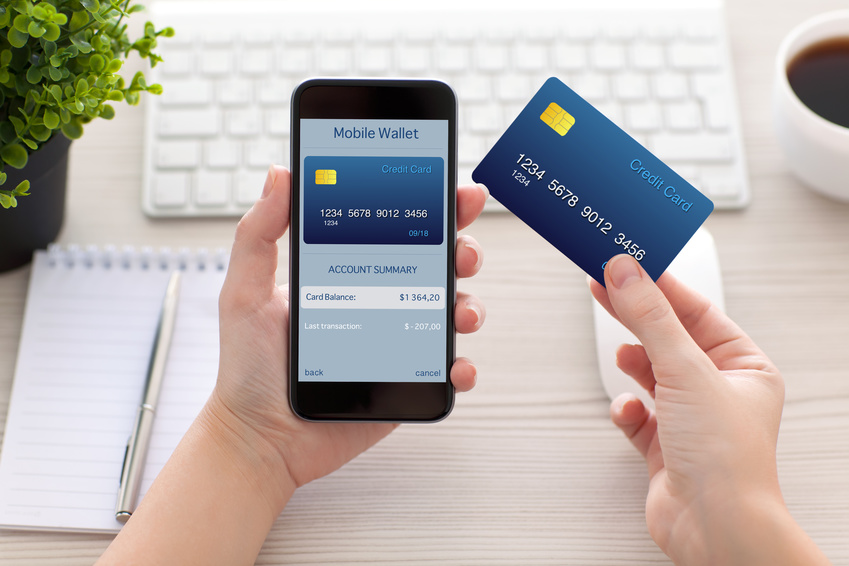
A Frost & Sullivan report has estimated that this year as many as $ 111.19 Billion worth of payments will be made through NFC. One would assume that with such robust growth on the cards in the payments space the proponents would have their hand full but this is not the case. Companies with a thing for NFC have turned their attention to the Healthcare Technology space as well and are making a real impact.
It is perhaps not surprising that NFC is making a home in healthcare. There are several inherent features in the protocol that make it ideal for this space.
- Wireless data communication across very short distances
- Highly secure as data transfer can happen only between the 2 devices in close proximity
- Very low power needs or can be powered through the RF waves – this also ensures longevity
- Extremely easy use – no swiping or options to choose from
- Communication can be established very fast between the devices
Let’s look at the more obvious areas first. NFC in Mobile Technology is already playing an enabling role in making healthcare operations more effective and efficient. This includes areas like the tracking and logging of employees, inventory management within the healthcare facility (because of the small size and convenience) and providing secure but easy access to patient information. There is also a clear case for the patients using NFC enabled phones to make payments.
There seems to be a growing case for using NFC to make help effective healthcare more widely available. A widely reported program to track young Pakistani children from less easily accessible areas who were suffering from Pneumonia offers a fascinating example of the possibilities. The participating children were given bracelets with RFID tags that were scanned on each visit they made to the participating health care facility. All clinical and laboratory data associated was collected and stored in a secure server for ongoing analysis and monitoring. An extension of this use case is the utility in home based healthcare – the care the patient receives in his own home can become much more trackable and the primary healthcare provider or doctor can have access to almost real-time data on various health metrics.
Potentially the area though where NFC could play a game-changing role in healthcare though is in relation to sensor technology. In conjunction with the plethora of technologies that make up the Internet of Things this is a whole new ballgame. Whether the sensor devices be used In-Vitro (outside the body), like wearables, or In-Vivo (implanted inside the body) the security and especially the long life and low power requirements of NFC devices make a compelling case here. As far back as 2013 AMS had announced a sensor-enabled NFC tag intended for use as a sub-dermal implant. The primary use case was for diabetes patients to monitor glucose levels easily by bringing an NFC enabled phone close to a tiny implanted device — no more pin pricks and glucose monitors. Earlier this year AAC revealed plans to bring “InfoSkin” to the market. This is a sticker based NFC tag that adheres to the body – the use cases are many but the lowest hanging fruit seems to be the utility in managing patient care.
There is so much changing in the healthcare space – some of these initiatives are driven by advances in technology like NFC. Ultimately all the care providers want is to be able to give better and better care to their patients – it seems that in NFC they have a powerful weapon to help them do so.






